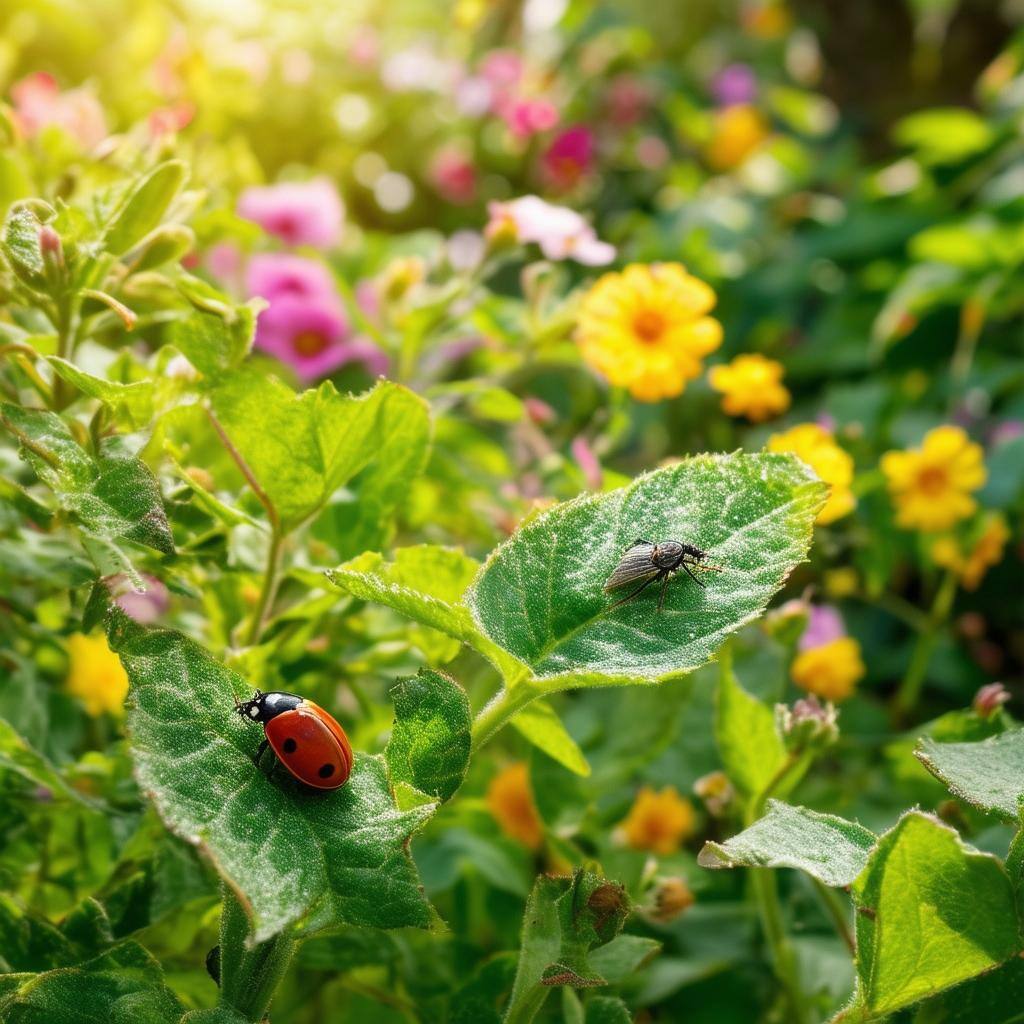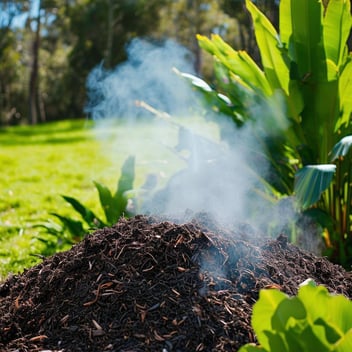The Secret Life of Whiteflies: Managing Infestations in Your Garden
Introduction
In the verdant sanctuaries of our gardens, a clandestine adversary often lurks—the whitefly. These diminutive insects, though seemingly innocuous, can wreak havoc if left unchecked. Understanding their secretive existence is paramount to effective management and the preservation of our botanical havens.
Understanding Whiteflies
Whiteflies are small, sap-sucking insects belonging to the Aleyrodidae family. Their life cycle comprises several stages: egg, four nymphal instars, and adult. Females deposit eggs on the undersides of leaves, which hatch into mobile crawlers before settling into a sedentary nymphal phase. Common species afflicting gardens include the greenhouse whitefly (Trialeurodes vaporariorum) and the silverleaf whitefly (Bemisia tabaci).
Signs of Whitefly Infestation
Detecting a whitefly infestation necessitates keen observation. Tell-tale signs encompass:
-
Leaf Yellowing and Wilting: As whiteflies extract sap, plants may exhibit chlorosis and diminished vigor.
-
Honeydew and Sooty Mold: The excretion of sugary honeydew fosters the growth of black sooty mold, tarnishing foliage.
-
Visible Insects: Disturbing infested plants often results in a flurry of tiny white insects taking flight.
Natural Predators of Whiteflies
Nature provides allies in the battle against whiteflies. Beneficial insects such as lady beetles, lacewings, and parasitic wasps prey upon various life stages of whiteflies. Encouraging these predators through companion planting and minimizing pesticide use can help maintain ecological equilibrium.
Cultural Control Methods
Implementing sound horticultural practices fortifies plants against whitefly invasions. Maintaining plant health through proper watering, fertilization, and pruning reduces susceptibility. Employing reflective mulches, like aluminum foil, can repel whiteflies by disorienting them, thereby decreasing colonization.
Mechanical Control Strategies
Physical interventions offer immediate relief from whitefly populations. Yellow sticky traps exploit whiteflies' attraction to the color yellow, capturing adults and aiding in monitoring. Gently vacuuming or spraying plants with water can dislodge whiteflies, particularly during cooler periods when they are less active.
Chemical Control Options
When infestations escalate, chemical measures may be warranted. Insecticidal soaps and horticultural oils target whiteflies by suffocation, necessitating thorough coverage of leaf surfaces. It's imperative to adhere to label instructions and consider potential impacts on non-target organisms.
Preventative Measures
Proactive strategies are essential in thwarting whitefly establishment. Regularly inspecting plants, especially the undersides of leaves, facilitates early detection. Isolating new acquisitions before integrating them into the garden prevents inadvertent introductions of pests.
By delving into the secretive world of whiteflies and employing a multifaceted approach, gardeners can effectively manage infestations and preserve the vitality of their cherished plants. Harmonizing cultural, mechanical, biological, and chemical tactics fosters a resilient garden ecosystem capable of withstanding these covert invaders.




